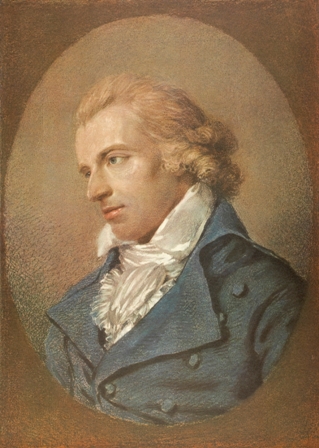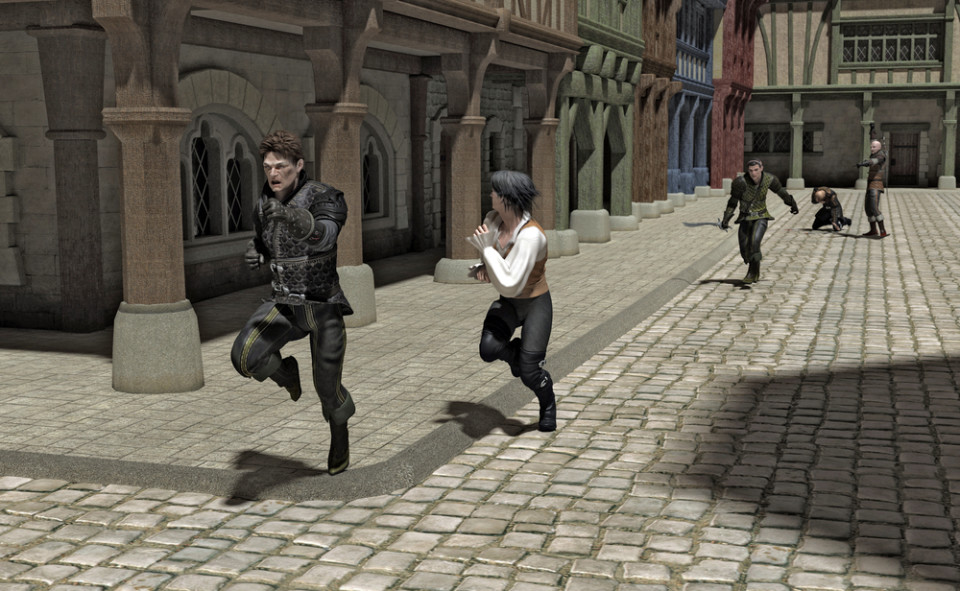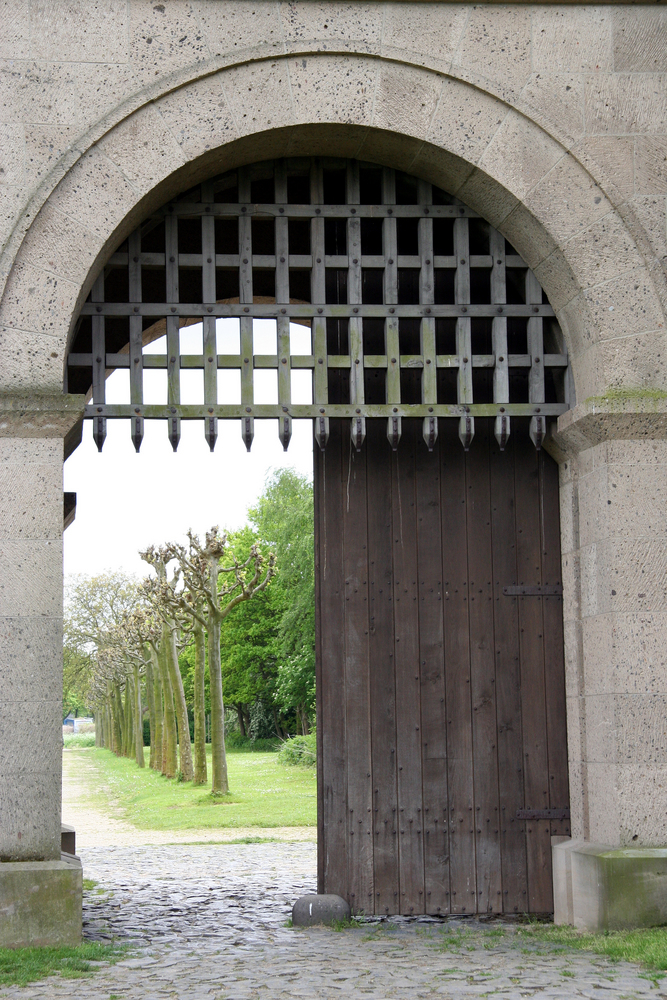What distinguishes true crime from other non-fiction? If you were to measure its pulse, where in the story should you place your two fingers? The German poet Friedrich Schiller (1759-1805) would say motive. He should know. He revolutionized the true...
Who is the most famous true crime author in the world? Truman Capote, perhaps? Or Ann Rule? Think again. If you travel back to the French and German origins of the true crime genre, you’ll find Germany’s greatest poet. He not only wrote...
“Thief!” “Fire!” “Wolf!” All three are examples of an ancient form of alarm called the “hue and cry.” A cry for help and assistance in response to crime or danger was an integral part of historical law enforcement. Statutes or regulations in several...
It was so easy to get trapped. The city walls ensnared you and the gates locked you in. If you wanted to commit a crime in one of Germany’s 19th-century walled cities, you’d probably want to case the place first and plan your escape. A typical town...






Recent Comments